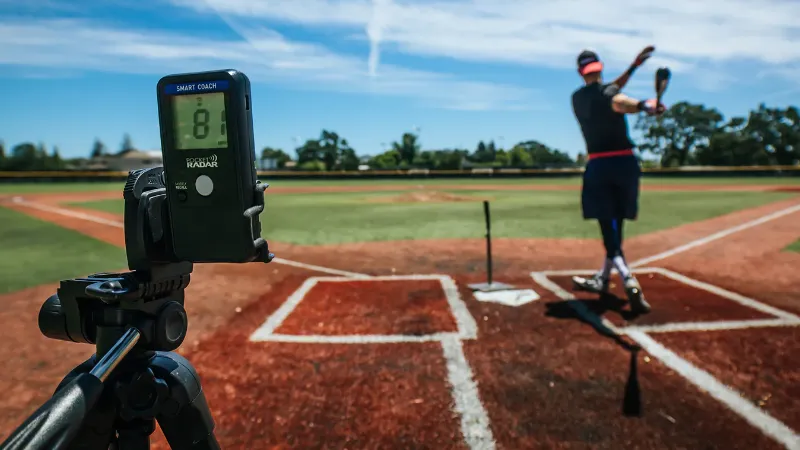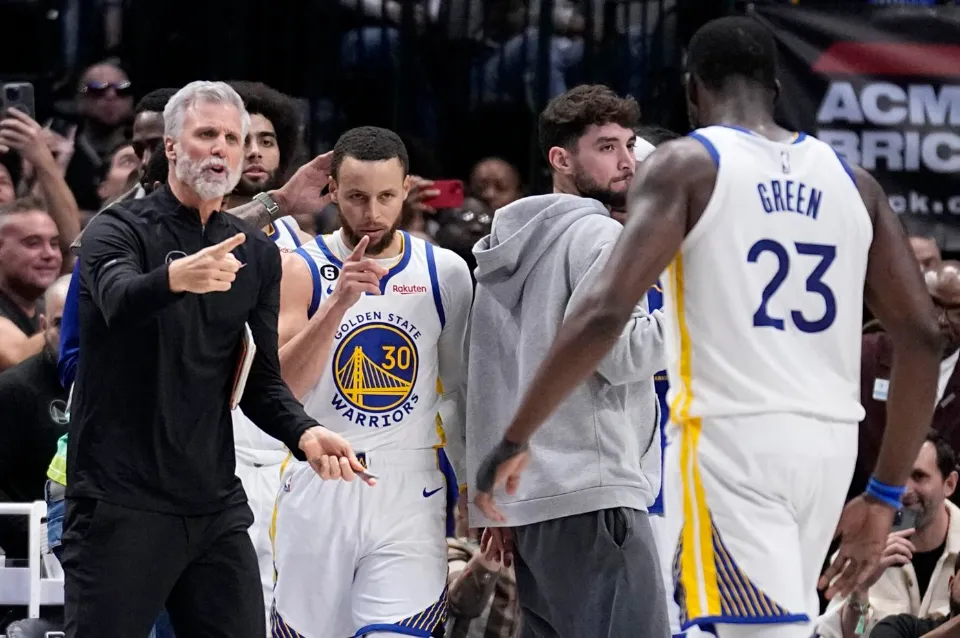How To Play Canoe Polo: Rules You Must Obey

Two teams of five players each play canoe polo on a rectangular playing field that may be in the open ocean or a swimming pool. With the purpose of scoring into a goal that is suspended above the water at each end of the pitch, games are played over two halves of 10 minutes each. The ball used in canoe polo can also be managed with a hand or a paddle, just like it does in water polo. If a game is tied after regulation, golden goal overtime is played, and the next team to score wins.
The article will introduce interesting things about how to play canoe polo.
Table of Contents
Introduction About Canoe Polo
Polo is a horse-related game that is popular among the upper class for both watching and playing. Many people’s conception of polo as a sport is that it is played on horses (or elephants in some strange circumstances) with extremely long mallets while tea and scones are being consumed in the background.
Polo, however, refers to kayak polo or canoe polo as it is known globally by a small number of people around the nation. A fast-paced contact sport that appears chaotic to those on the outside but is an exhilarating, well-structured sport that is enjoyable for those who play it.
The History Of Canoe Polo
Early versions of canoe polo were played in the United States of America and some regions of Europe into the first half of the 20th century. Canoe ball games have been played in Great Britain since the late 19th century. The first canoe polo national championships were played in England in 1971, although the International Canoe Federation (ICF) did not release its first set of standard playing guidelines for the sport until 1986. The ICF finalized its canoe polo international rules in 1990 after canoe polo was exhibited in the canoe sprint world championships in Duisburg, Germany, the following year.
Six women’s teams and 18 men’s teams competed in the first canoe polo world championships in Sheffield, England, in 1994. In the final for both genders, Australia defeated Germany. Every two years, the competition is organized, and it has evolved to the point where the 2016 edition in Syracuse, Italy, included U21 competitions for both genders, 24 men’s teams, and 20 women’s teams.
Read about: How Many Championships Does Larry Bird Have?

Kit & Tools
Because the game involves contact, the players’ equipment is quite durable. The boat is the most important aspect of canoe polo. Modern boats are typically composed of carbon-kevlar, which is lightweight yet incredibly strong and capable of taking a hit when necessary.
The boats’ low volume construction and rounded bows and sterns make them less likely to injure people if they are rammed. All paddlers are obliged to use buoyancy aids and helmets as a means of safety.
The last and most important piece of equipment is a spraydeck, which keeps water out of the paddler’s cockpit while allowing them to be fastened into their boat.
Game Time
The game is divided into two 10-minute periods unless additional time is required to determine the result. The minimum race time is two quarters and seven minutes. Halftime is usually three minutes. After each competition, the team should change the venue.
Start Playing
At the beginning of each round, five members of each team are lined up to prepare for the game. If a team deliberately causes an unnecessary delay to start a game, it is infringement.
Sideline and overhead throw: if any part of the ball touches the sideline or the vertical plane of the body sideline, or touches the overhead throw, the party who finally touches the ball with an oar, kayak or a person is judged as the sideline throw.
Throw the ball on the sideline: the player who accepts the throw must put the kayak on the release point or sideline closest to the obstacle.
Target line or corner: when the ball touches the target frame in front of the vertical face of any part, it is to judge the target line or corner, unless the ball reflects the area of the target frame (not the goal station), or when the ball is reflected by a defender’s racket and cannot completely enter the target and return to the playing field, or the goal is to score.
A Foul
This sport is mainly to ensure the safety of athletes, maintain the fast pace of the game, and maintain the passion for competition and watching the game. Any violation of the rules of the game is a foul.
There are several types of fouls in the game:
- Illegal substitution and entering the competition venue
- Illegal possession
- Illegal handling
- Illegal kayak solutions
- Illegal use of blades
- Illegal competition
- Illegal screen/block
- Illegal possession
Dishonest Behavior
The severity of a foul can be determined by three general principles:-
Intentional foul- A green card is possible. If there is no effort to avoid a foul, it is considered a foul.
Dangerous foul – there is obvious contact with the opponent’s arm, head, or body, which may cause personal injury. It is illegal.
Severe contact point – high or continuous contact may cause personal injury or equipment damage.

FAQs
Is Canoe Polo Hard?
Playing Canoe polo is an intense sport that requires quick thinking, strength and agility all at once. A unique playing field where the quick and nimble are just as warranted as the brawny players in a sport that carries so many benefits but is largely unheard of.
Is Canoeing An Olympic Sport?
In the Olympic Games, there are two disciplines of canoeing, and each includes events for canoes and kayaks. The first is known as flatwater sprint and involves paddling a canoe. The International Canoe Federation acknowledges the 200-meter, 500-meter, and 1000-meter Olympic distances.
How Long is a Canoe Polo Pitch?
35 meters by 23 meters
Canoe polo is played either indoors in swimming pools or outdoors on a pitch which should measure 35 meters by 23 meters.
When Can You Hand Tackle in Canoe Polo?
in possession
Boat body contact and right angle boat tackling are both prohibited. Hand – Allowed if player is in possession (see above). Push with one open hand to the side, back, or upper arm. Not onto the side of a boat or a pool! or If the ball is touched but not a player, throw the ball out of your hand.
Summary
Canoe polo is a demanding sport that calls for simultaneous use of strength, agility, and rapid thinking. In a sport with so many advantages yet is generally unknown, there is a unique playing field where the quick and agile are just as merited as the brawny athletes.







